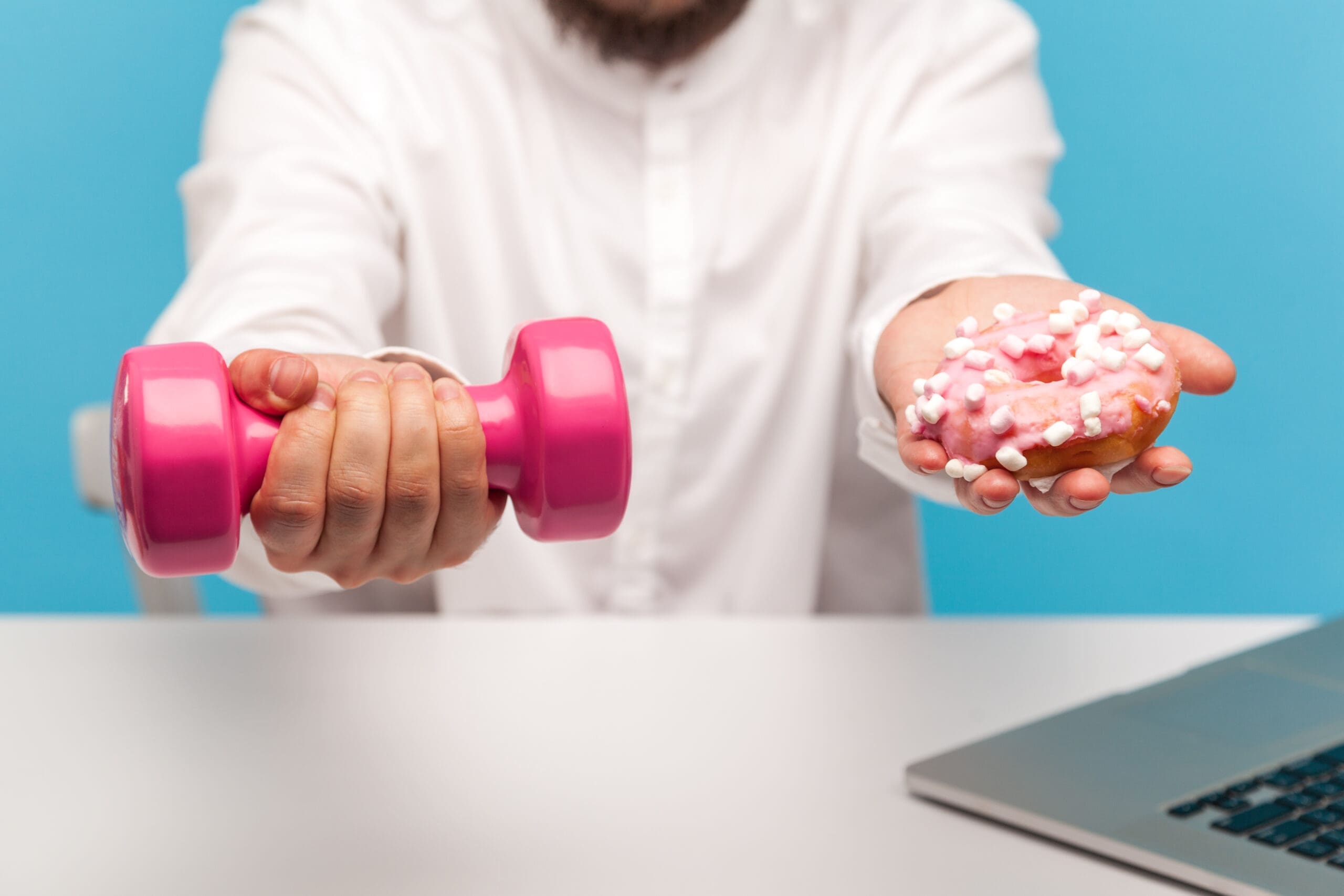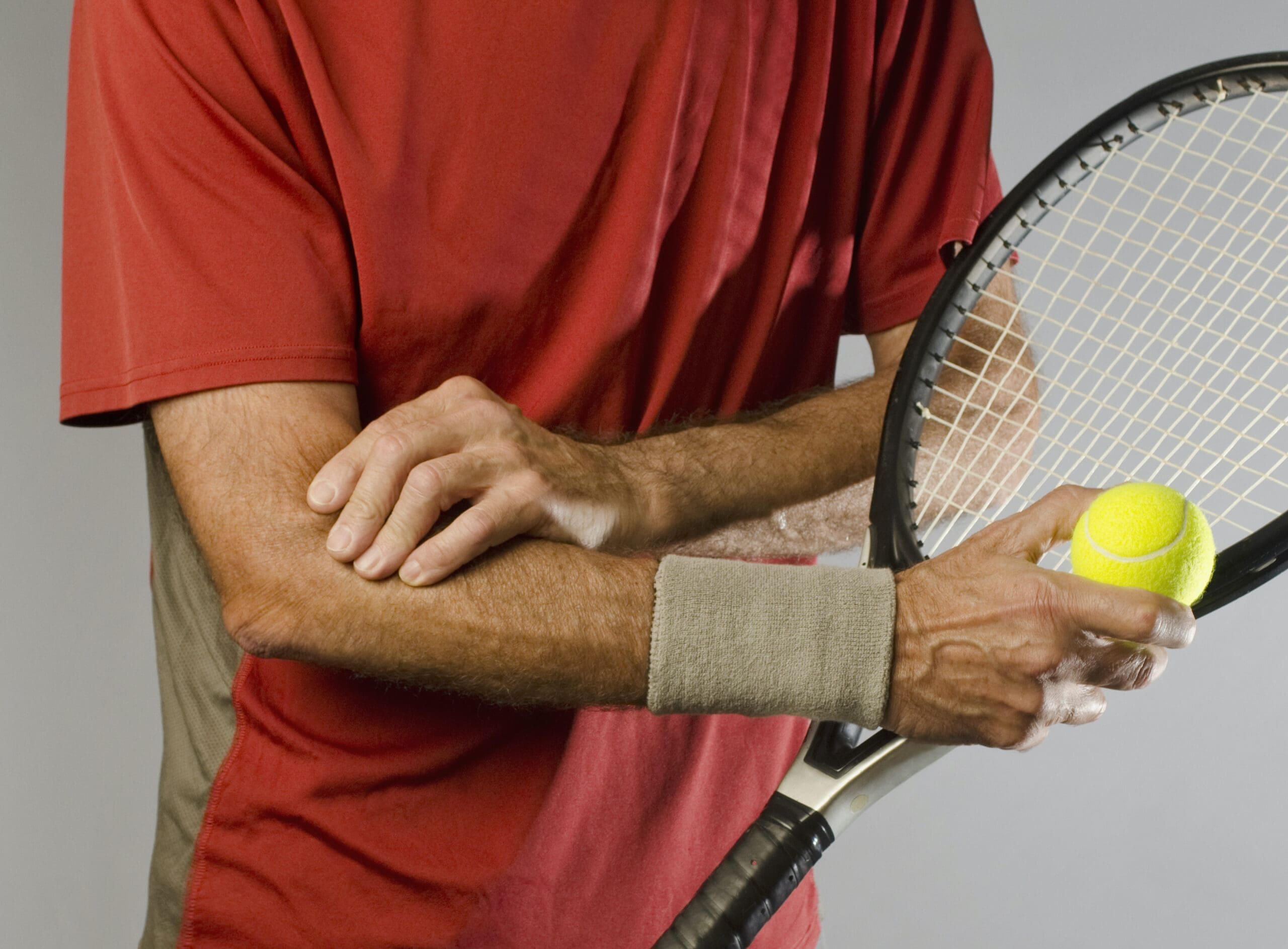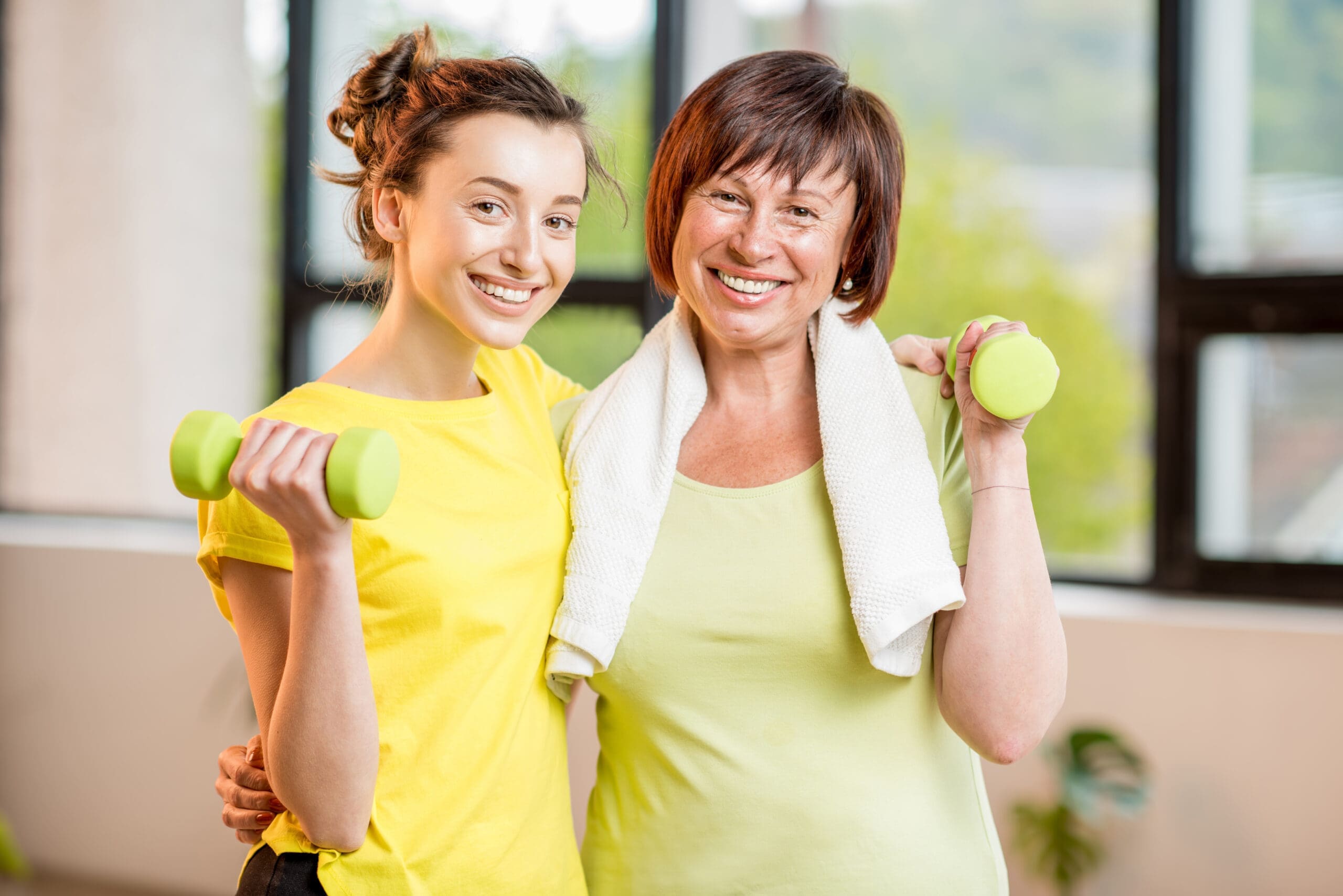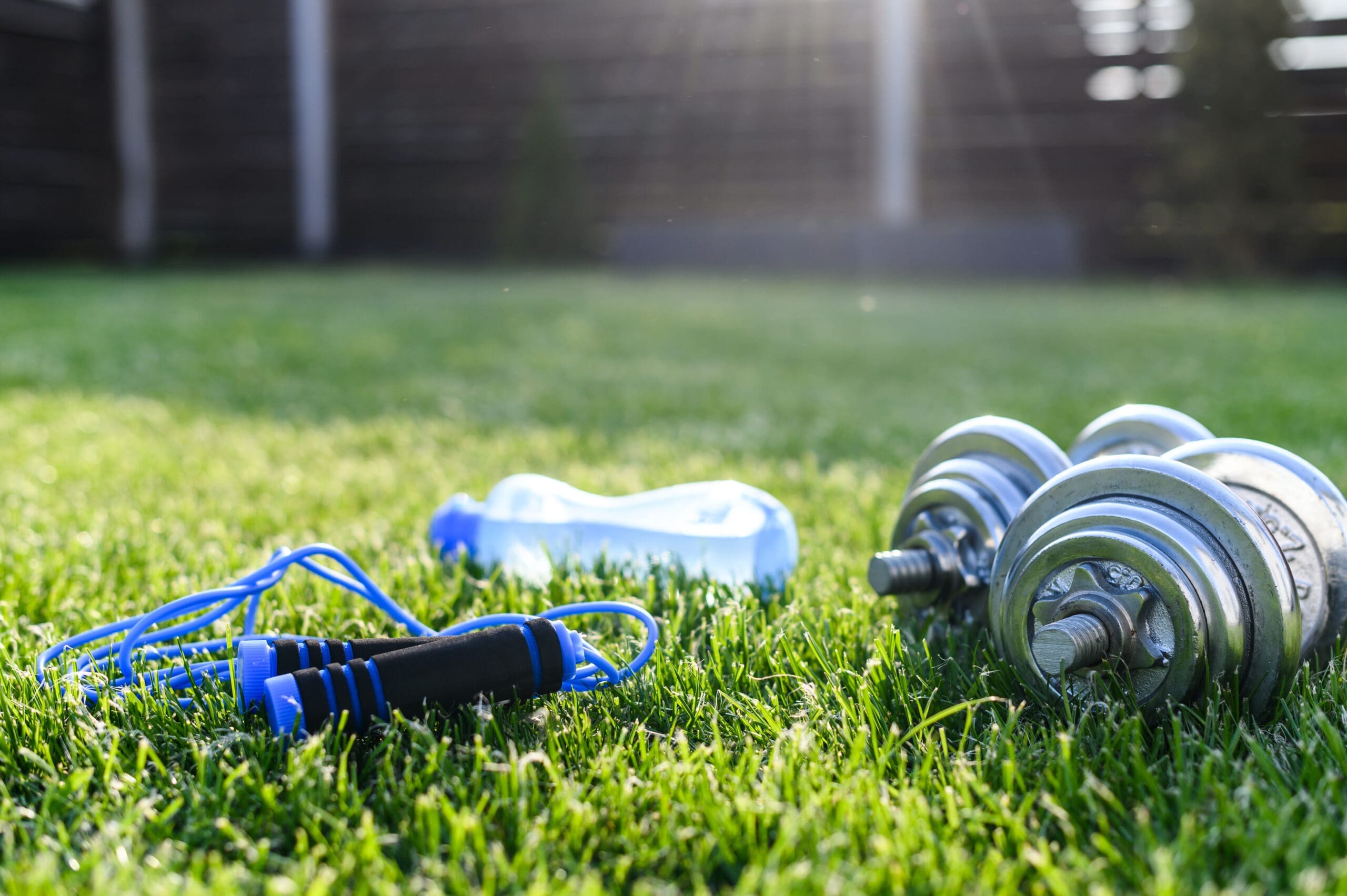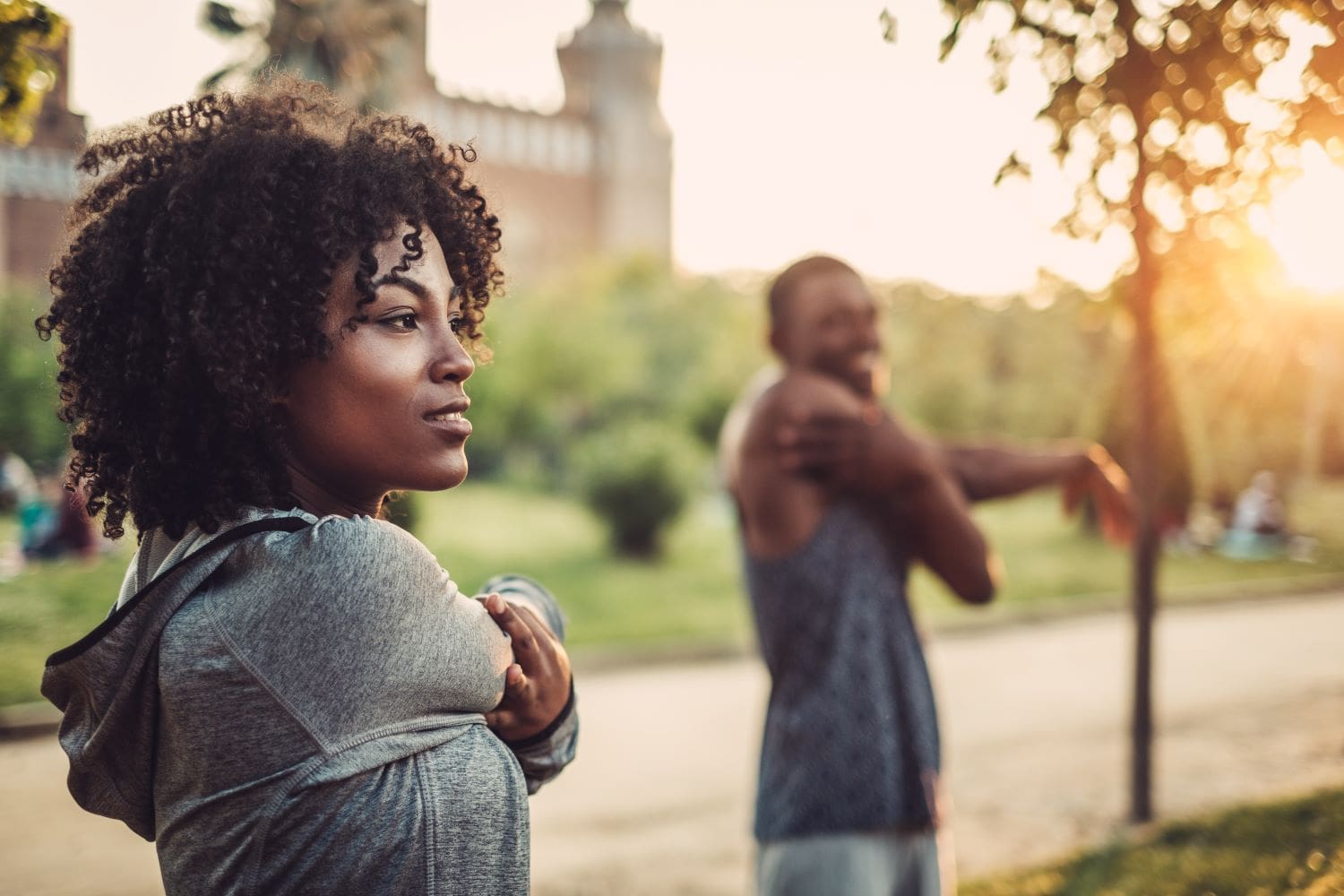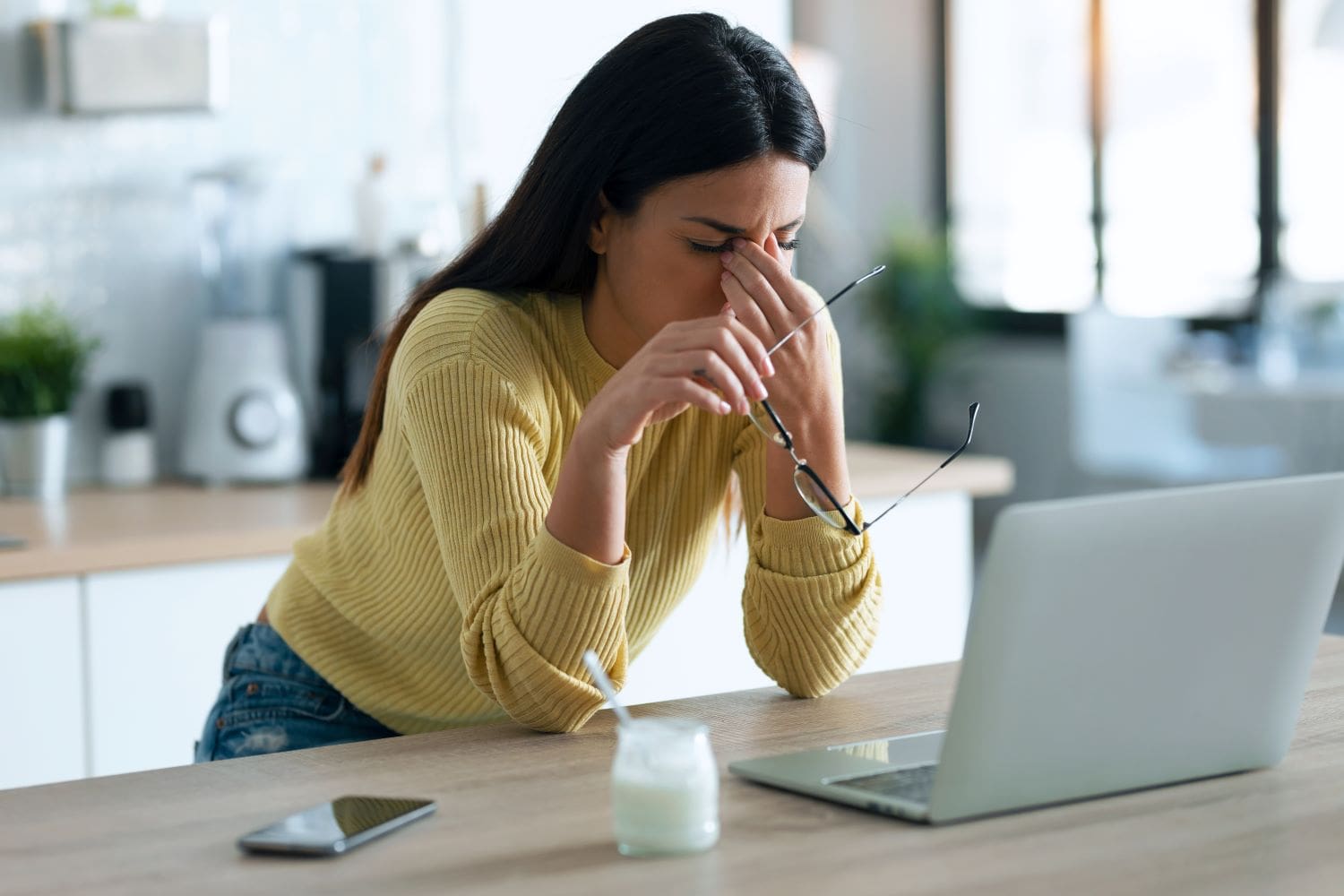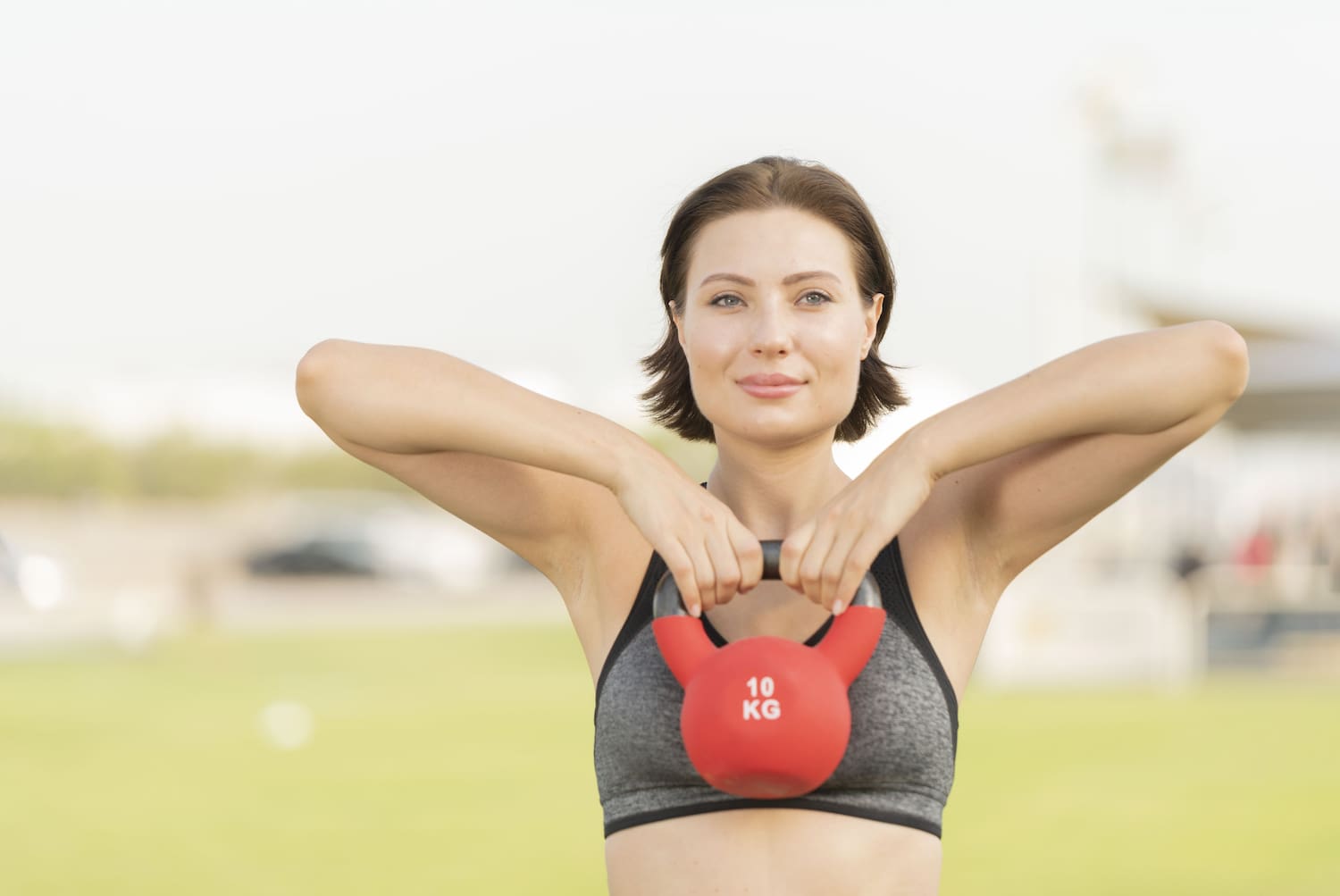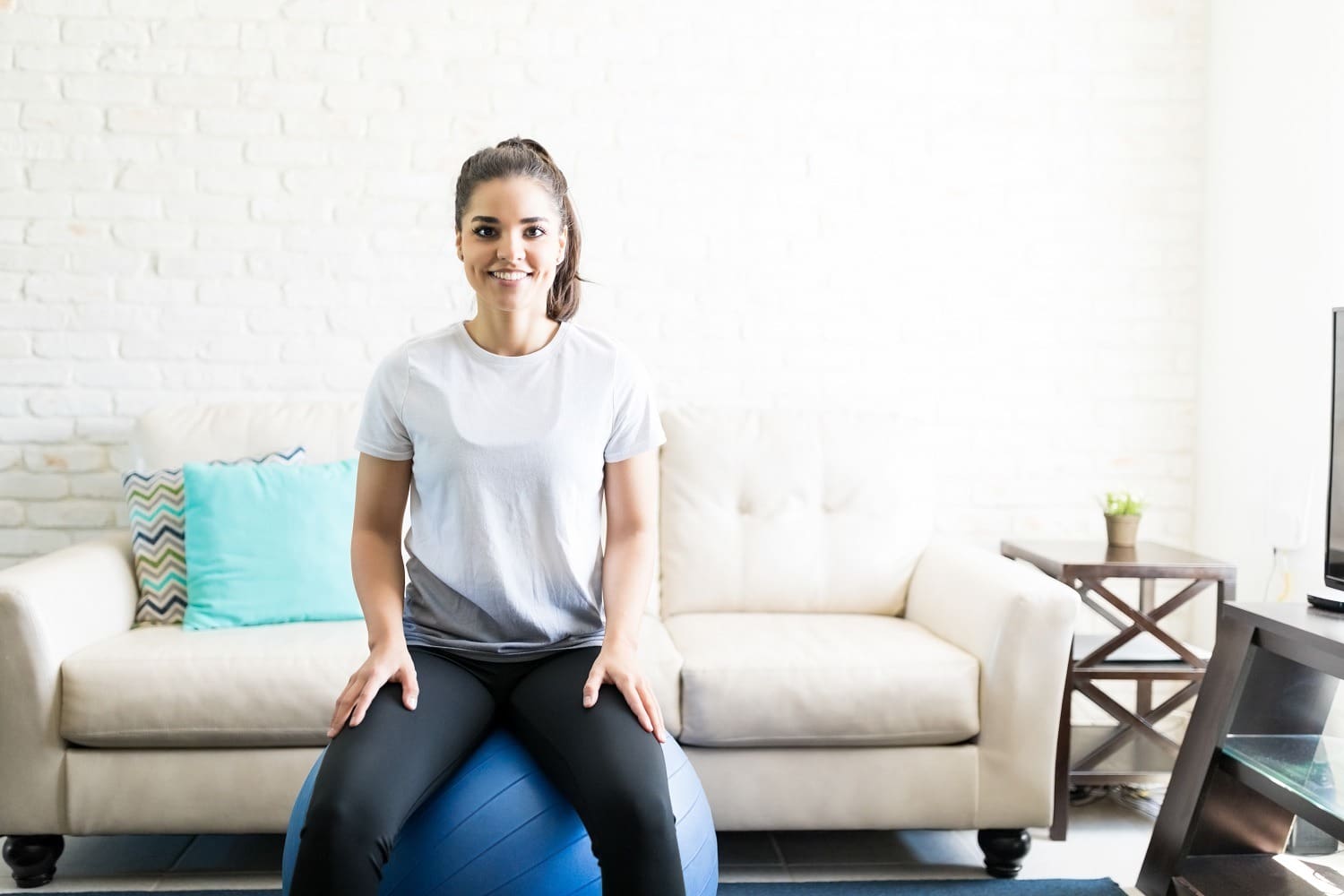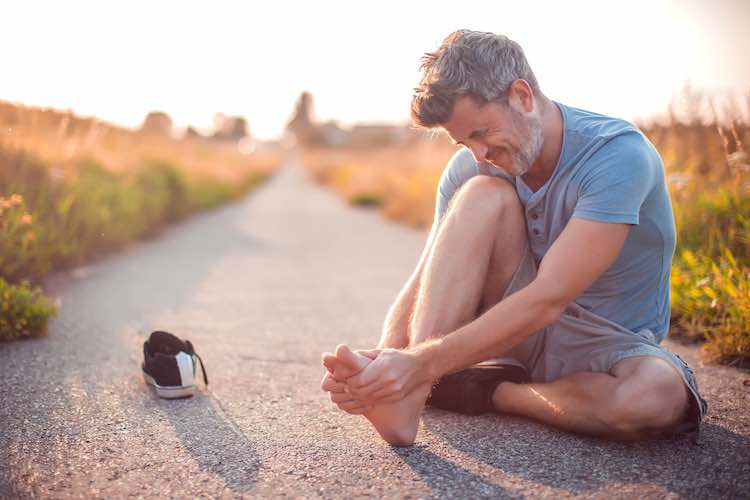Are you a serial procrastinator? A new study gives food for thought on why there’s never been a better time to stay focused.
Exercise and Fitness
Exercise Can’t Make Up for a Poor Diet
“Work out hard, play harder” is an adage to live by. But can a tough workout undo bad food choices?
Bursitis
Bursitis inflammation causes pains such as “tennis elbow”. It’s caused by repeated movement of certain joints and can be treated at home.
Ensuring Bone Health and Longevity – Dr. Norman Swan
Dr. Norman Swan describes the particular types of exercises for healthy bones, ligaments and muscles are
5 Reasons Why You Should Consider Building A Garden Gym
Having a garden gym at home is one of the best ways to look after your health and ensure you have access to a gym anytime you want.
5 Ways to Improve your Health
This article provides 5 way to improve your physical and mental health. It promotes several ideas to a healthy life that are easy to implement everyday.
How Do You Identify and Prevent Burnout?
Dr. Matthew Cullen defines what a burnout is, what leads to a burnout and how we can make some lifestyle adjustments to ensure we don’t experience one ourselves and also help our friends and colleagues.
Muscle workout for strengthening: trapezius
Trapezius muscles are flat triangle-shaped muscles that extend from your neck across your left and right shoulder blades, down your spine to the middle of your back.
5 Workouts to Build Core and Hip Strength for Runners
Core and hip strength are important for success as a runner. Use these five workouts to improve your fitness as a runner.
How Do I Deal With an Ankle Sprain? Dr. Norman Swan
Dr. Norman Swan explains how to identify between a sprained ankle and fractured ankle. He also discusses what to do in each case.


